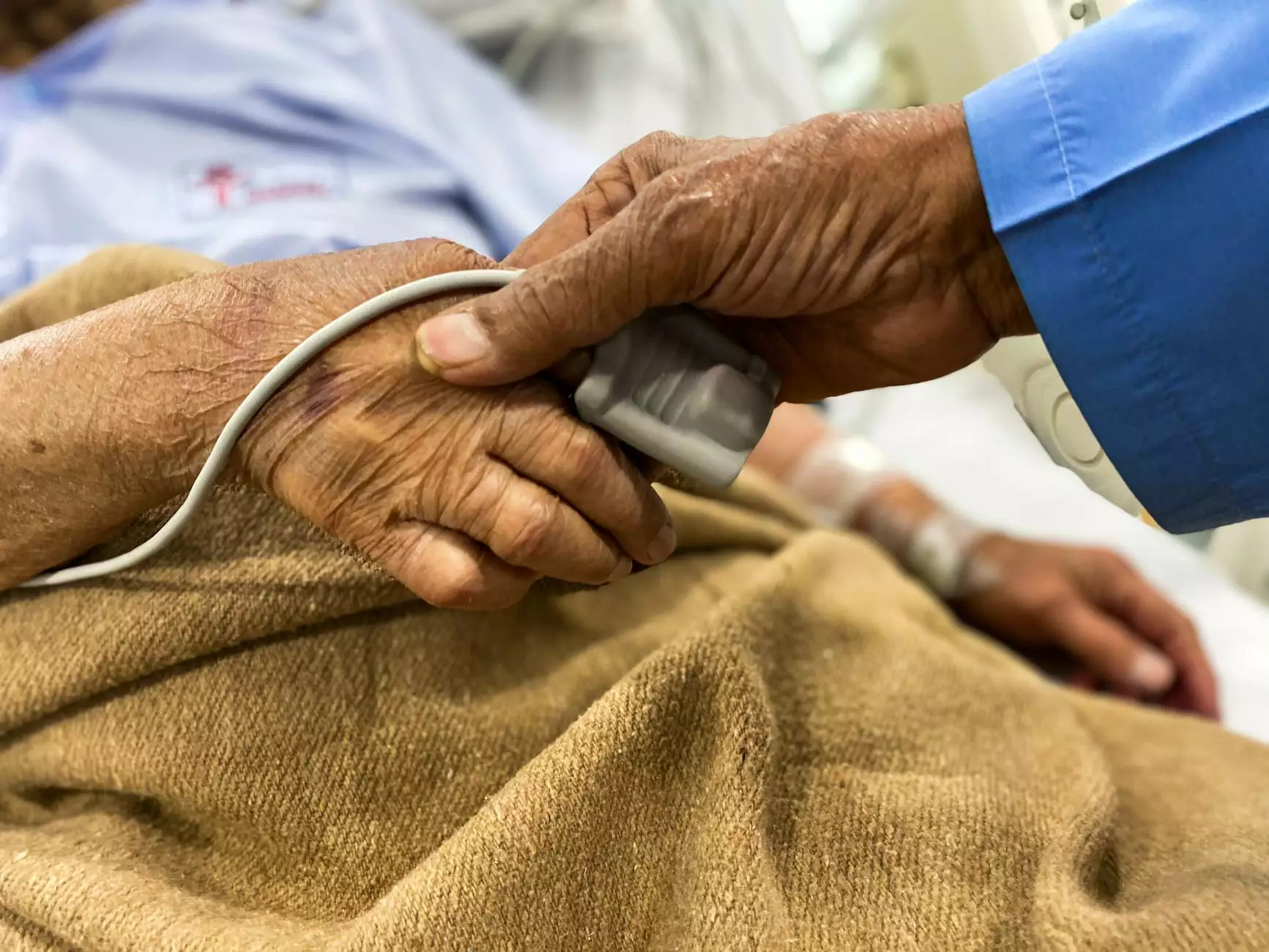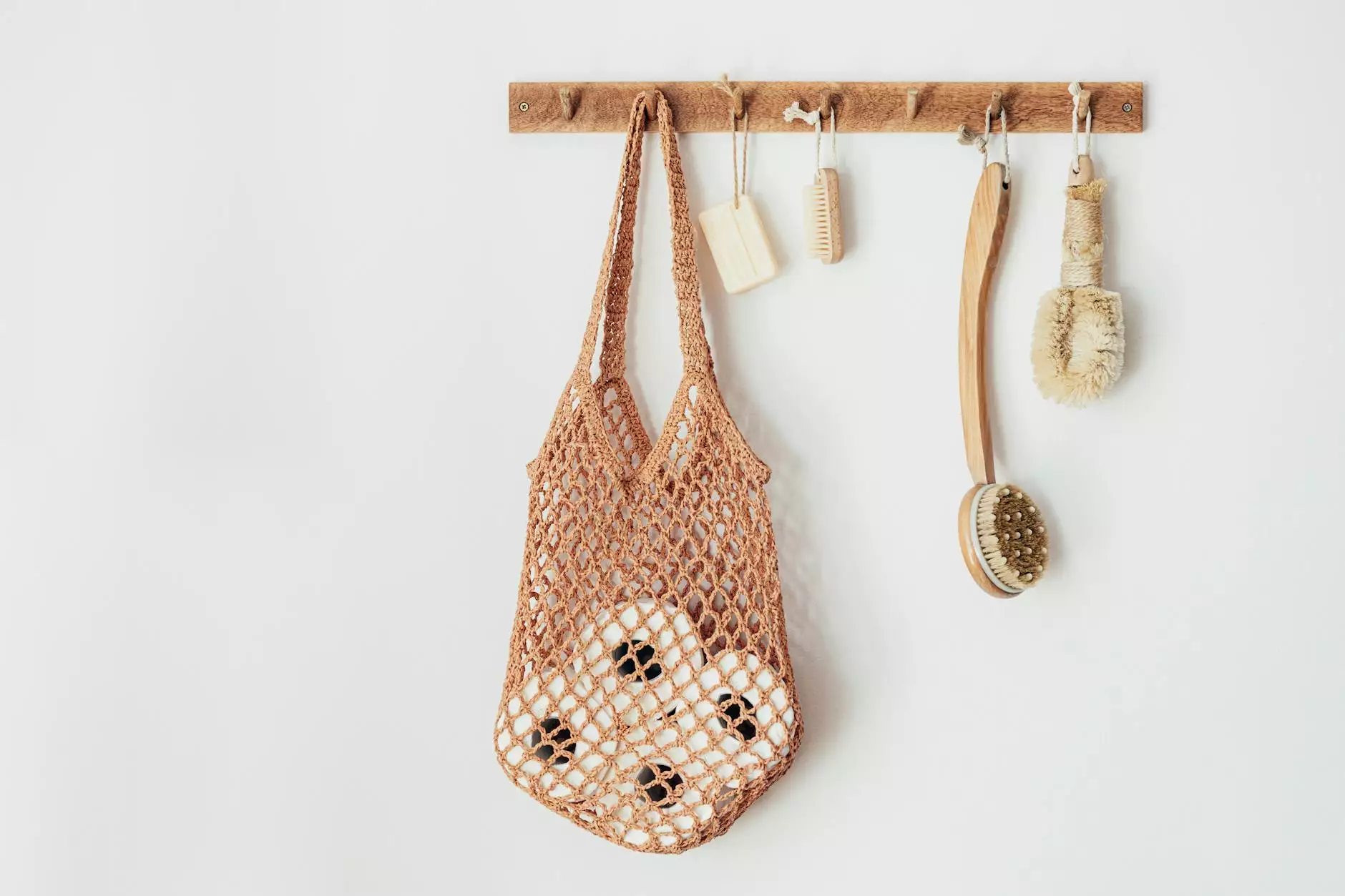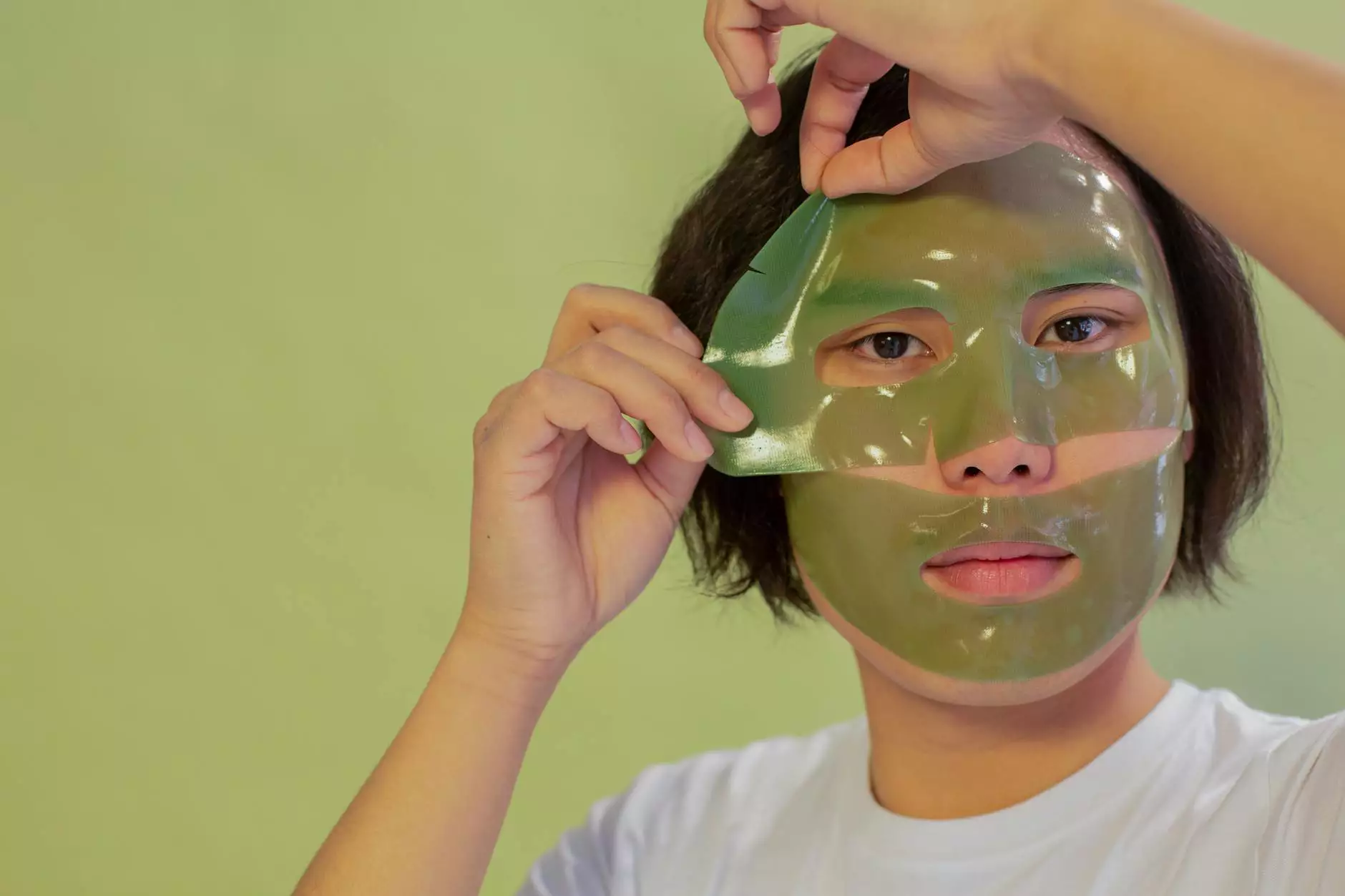Trigger Finger Pain From Gardening and Canning
Blog
Introduction
Welcome to Regency Square Care Center, a trusted name in the field of geriatric and aging care. In this comprehensive article, we will discuss Trigger Finger Pain from Gardening and Canning. If you enjoy spending time in your garden or love preserving foods through canning, it's essential to be aware of the potential risk of trigger finger pain. We will explore the causes, symptoms, and treatment options to help you better understand and address this issue.
Understanding Trigger Finger
Trigger finger, also known as stenosing tenosynovitis, is a condition that affects the tendons in your fingers, causing pain and difficulty in movement. It occurs when the sheath around the tendon in your finger becomes inflamed, making it difficult for the tendon to glide smoothly.
The Link to Gardening and Canning
Gardening and canning can involve repetitive hand movements, especially gripping, pulling, and squeezing. These actions put stress on the tendons in your fingers, increasing the risk of developing trigger finger. Over time, the repetitive motions combined with forceful gripping and the use of hand tools can lead to irritation and inflammation of the tendon sheaths.
Symptoms
The symptoms of trigger finger typically start gradually and worsen over time. If you experience any of the following, it's recommended to seek medical attention:
- Pain or stiffness at the base of your finger or thumb
- A popping or clicking sensation when moving your finger
- A locking or catching sensation in your finger, making it difficult to straighten or bend
- A visible bump or nodule at the base of your finger
Prevention and Treatment
Preventing trigger finger pain is possible by taking certain precautions while gardening or canning:
- Use ergonomic gardening tools designed to reduce strain on your hands and fingers.
- Take frequent breaks to rest your hands and fingers, avoiding prolonged repetitive movements.
- Practice stretching exercises before and after gardening or canning to improve flexibility and reduce tension in your hands.
- Avoid excessive force when gripping tools or objects tightly. Maintain a relaxed grip to minimize strain on your finger tendons.
If despite taking preventive measures, you still experience trigger finger pain, it's important to seek professional help. At Regency Square Care Center, our team of experts specializes in geriatric and aging care. We offer a range of effective treatment options for trigger finger, including:
- Conservative approaches such as rest, splinting, and physical therapy.
- Non-steroidal anti-inflammatory drugs (NSAIDs) to reduce inflammation and pain.
- Corticosteroid injections to decrease swelling and relieve symptoms.
- In severe cases, surgical intervention may be considered to release the affected tendon sheath.
Conclusion
Take care of your hands and fingers while enjoying your gardening and canning activities. Understanding trigger finger pain and its potential link to these activities is crucial to maintaining your hand health. Regency Square Care Center is here to support you with our expertise in geriatric and aging care. Don't let trigger finger pain hold you back – contact us today to learn more about our comprehensive treatment options.










